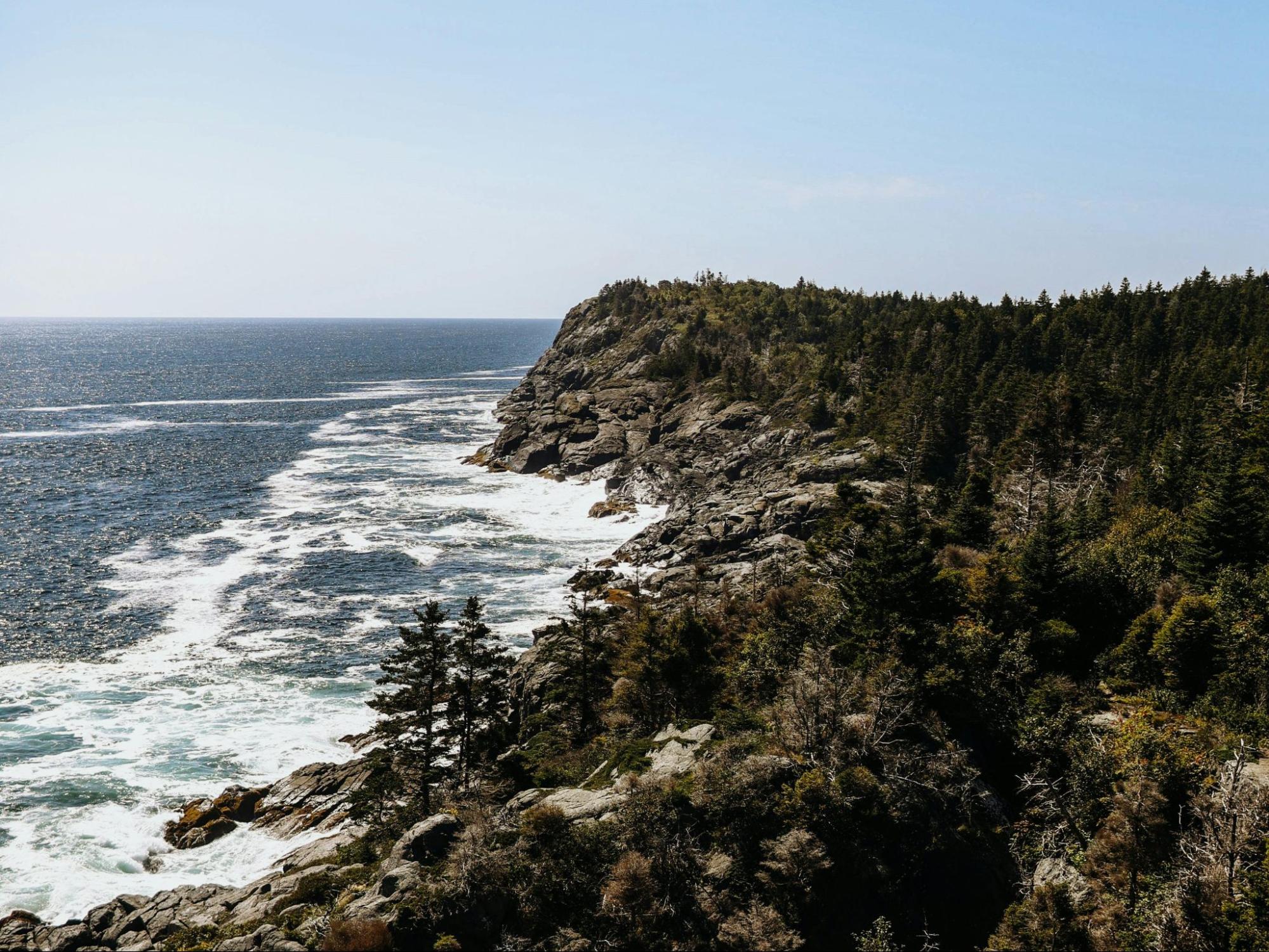As any guest at The Craignair Inn by the Sea knows, the MidCoast of Maine is an extraordinary place to visit: rich with natural beauty, history, distinct regional culture, and serenity. As we can attest as owners of this historic bed-and-breakfast property along the cove-scalloped coast of the St. George Peninsula, it’s also a wonderful place to live.
But MidCoast communities, like others along Maine’s world-famous seashore, face some hefty challenges. Two of the foremost are a housing crisis and the specter of climate change, not least with regard to rising sea levels.
And they’re not exactly unrelated. After all, the existential threat sea-level rise poses to the MidCoast’s towns and ports has a bearing on any discussion of housing and infrastructure.
Fortunately, there’s much underway to address these complicated issues—and much that residents of the MidCoast can do to get involved in finding solutions!
The Housing Crisis in MidCoast Maine
A shortage of affordable housing is not restricted to the MidCoast: Maine in general faces a housing crisis, one the state legislature is attempting to confront with a bipartisan Joint Select Committee on Housing.
Rising housing costs in MidCoast Maine are associated with increases in “no-cause” evictions, the threat of unhoused status for lower-income residents, and a shortage of employees for many area businesses.
The State of Maine released a Housing Needs Study in October of 2023 which summarizes a need for approximately 84,000 new housing units by the year 2030.
Here on the St. George Peninsula, the Community Development Corporation is working with the Town to plan for land acquisition and build a multi-phase workforce housing development which hopes to begin construction by 2025. Innkeepers Lauren and Greg work closely with the Midcoast Habitat for Humanity, Genesis Fund, the Knox County Homeless Coalition, and other local organizations devoted to the goals of providing local workforce housing by volunteering time building homes, donating resources, and providing input toward current and future projects.
Sea Level Rise on the Maine Coast
If the MidCoast’s housing crisis is primarily the result of regional demographic and economic factors, the threat posed by rising sea levels is a global-scale one. The warming climate we’re experiencing raises sea levels not only due to increased melt from the planet’s terrestrial ice reserves—most notably the Antarctic and Greenland ice sheets—but also because water expands as it warms, and temperatures in the ocean are on the uptick.
Although rising sea level is a worldwide problem, its effects can be especially pronounced in certain areas, and the Maine coast, unfortunately, is one of them. The Gulf of Maine ranks among the fastest-warming corners of the World Ocean, likely due to its “bathtub”-like configuration and the beefed-up effects of the toasty Gulf Stream.
As the Portland, Maine-based Island Institute notes, we’ve seen about an 8-inch rise in global sea level since 1800, with further increases of anywhere between one and four feet predicted by 2100.
Maine, which boasts the longest coastline in the conterminous United States, will be profoundly affected by sea-level rise, with buildings, roads, ferry terminals, wastewater treatment plants, and other infrastructure put at heightened risk of flooding. The effects may be compounded by higher and more numerous storm surges.
Addressing MidCoast Maine Housing Issues & Sea Level Rise
Many communities on the MidCoast are taking direct action now to mitigate against the most severe effects of sea level rise in Maine. Building coastal resiliency in the face of a changing climate is of paramount importance, and local bodies such as the Vinalhaven Sea Level Rise Committee and the Damariscotta Waterfront Planning Committee are taking admirable steps to pursue it.
Our local municipality, the Town of St. George, is doing the same, implementing engineering studies through its own St. George Sea Level Rise Committee and the Rising Tides Project to clarify weak points on the Peninsula. “The most important step for any town,” as the St. George website notes, “is to assess its strengths and weakness to the inevitable rise in sea level and associated storms and surges.”
The Town of St. George is also actively looking at ways to tackle local effects of the MidCoast, Maine housing crisis, not least via its Housing Committee—pursuing multi-year, workforce-type housing projects on the Peninsula—and an update by the Comprehensive Planning Committee to its 10-year focus.
Get Involved!
If you’re a neighbor of ours here on the St. George Peninsula, we encourage you to get involved in these local efforts to solve housing problems and respond to sea-level rise in a proactive way. Consider attending Comprehensive Planning Board meetings, for example, and learn more about what the Sea Level Rise Committee is up to.
If you’d like more info or want to become actively involved, get in touch with us: Craignair Inn co-owner Greg sits on the St. George Housing (ad-hoc), Comprehensive Planning, and Budgeting committees as well as a local sea-level rise commission, and would be happy to talk with you!

